What grade of Indonesian Manning coffee? which brand of Indonesian Manning coffee beans has the best flavor?
Mantenin coffee is considered to be the world's most mellow coffee, is named after the national coffee, is the representative of Indonesian coffee coffee. On Front Street,
Ration beans and gold mantinin coffee are popular, especially gold mantinin. Some people say that drinking a mouthful of golden mantelin coffee is already very satisfying, which shows how mellow mantelin coffee tastes.
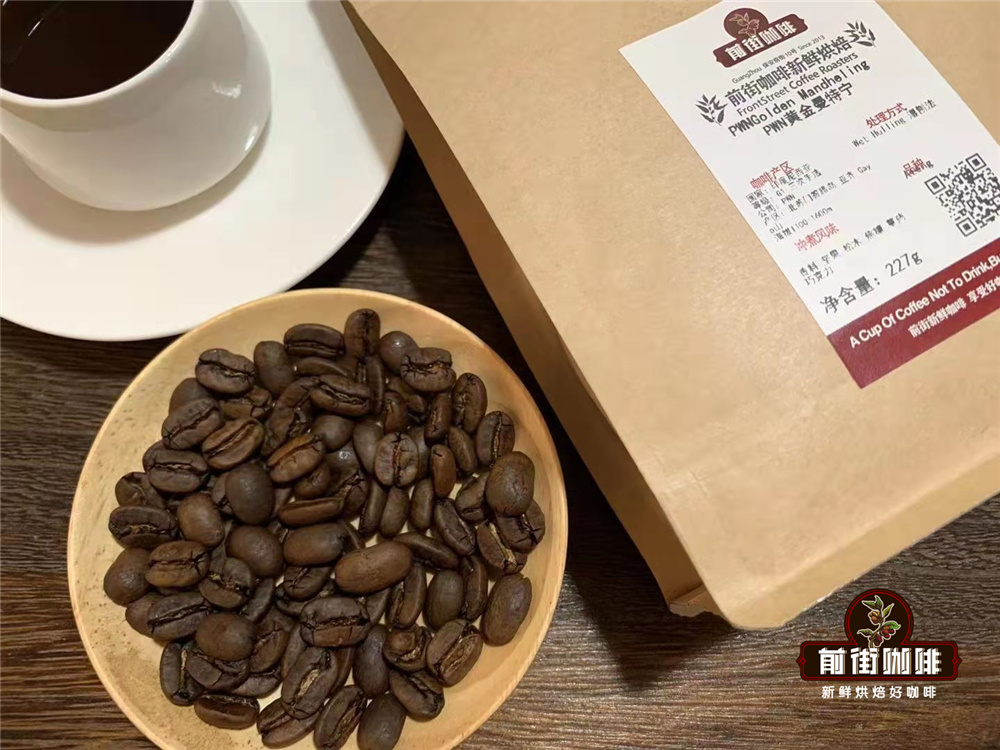
Indonesia is made up of more than 17,000 islands scattered along the volcanic belt of the equator. Indonesia straddles both sides of the equator. The humid tropical rain forest climate is rich in rainfall and fertile volcanic loam brings abundant nutrients. Asia's best-known coffee producers are the Malay islands of Sumatra, Java and Kalimantan. Sumatra mantinin coffee from Sumatra, Indonesia is the most famous of these, and it has two famous names, Sumatra mantinin DP First Class and Sumatra Mantinin Collection. Sumatra Mantenin DP has a long aftertaste and a wild fragrance, which is characteristic of the earthy taste of the virgin forest. In fact, Mantenin's mellowness was a very masculine feeling.
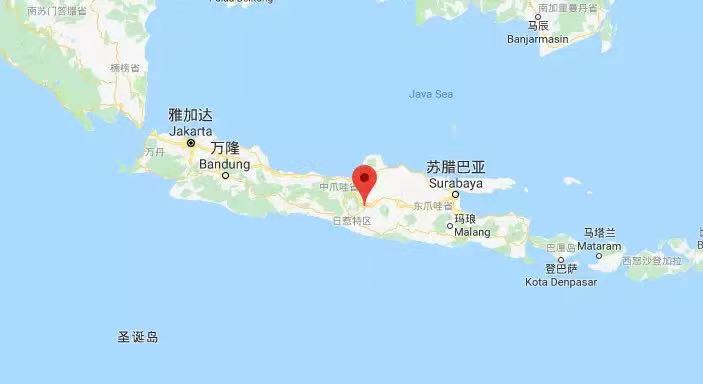
Mantenin coffee is produced in Sumatra, Indonesia, Asia, otherwise known as "Sumatra coffee." The main habitats are Java, Sulawesi and Sumatra, 90% of which are Robusta species. The most famous of these is the "Mantelin" from Sumatra. The finest of the fine traditional Arabica coffees produced in Sumatra North are marketed under the titles Lintong and Mandheling. Lintong refers to coffee grown in a small area southwest of Toba Lake in Lindong Administrative District. Small coffee plantations are scattered over a high, undulating clay plateau filled with ferns. Lintong coffee is grown without shade, without chemicals, and almost exclusively owned by small owners. Mandheling is a more general term, encompassing Lintong Lindong coffee and similar conditions for Diari[capital Sidikalang], the northern growing area of Toba Lake.
The origin of the name mantning coffee
Mantenin is not the name of a region, a place, a port, or a coffee variety. How did it get its name?
In fact, it is transliteration of the Mandheling ethnic group in Indonesia.
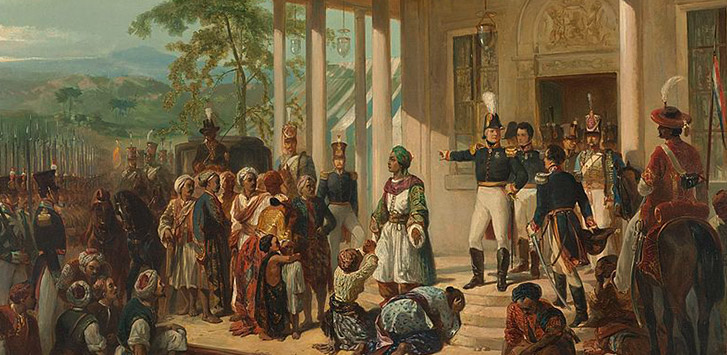
During the Japanese occupation of Indonesia in World War II, a Japanese soldier drank excellent coffee in a cafe, so he asked the owner, the name of the coffee, the owner mistakenly asked him where you are from, so he replied: Mandenin. After the war, Japanese soldiers recalled drinking "Mantenin" in Indonesia. So Indonesia asked the passenger to transport 15 tons of coffee to Japan, which was very popular. The name of Mantenin spread like this. The coffee merchant was the famous PWN Coffee Company. Known as mandheling, mandheling is found all over lake Toba in northern Sumatra. The finished product has unique fragrance of herbs and trees. Some people say that the appearance of mantinin coffee beans is ugly, but the taste is better, the more mellow, the smoother.
Lindong mantinen coffee
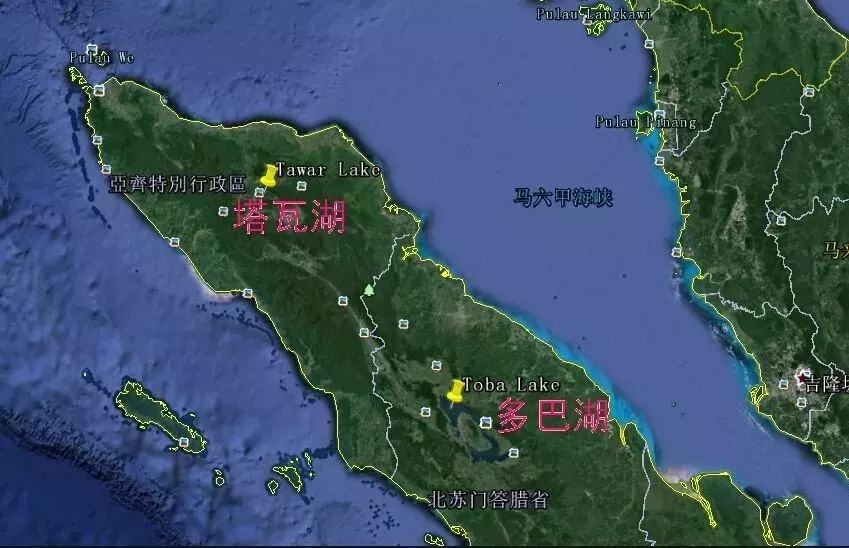
Lindong mantenin is produced in the Dongshan District of north-central Sumatra, near Lake Toba. Lindong Mantenin is a fine Mantenin produced in Lindong area. Linton mantinen is the regular mantinen. It represents the flavor of regular mantelin, with larger beans and harder beans. If you're trying mantinin for the first time, start with lindon mantinin. Front Street's ration beans, Indonesian mantinen, come from Lin Dong.
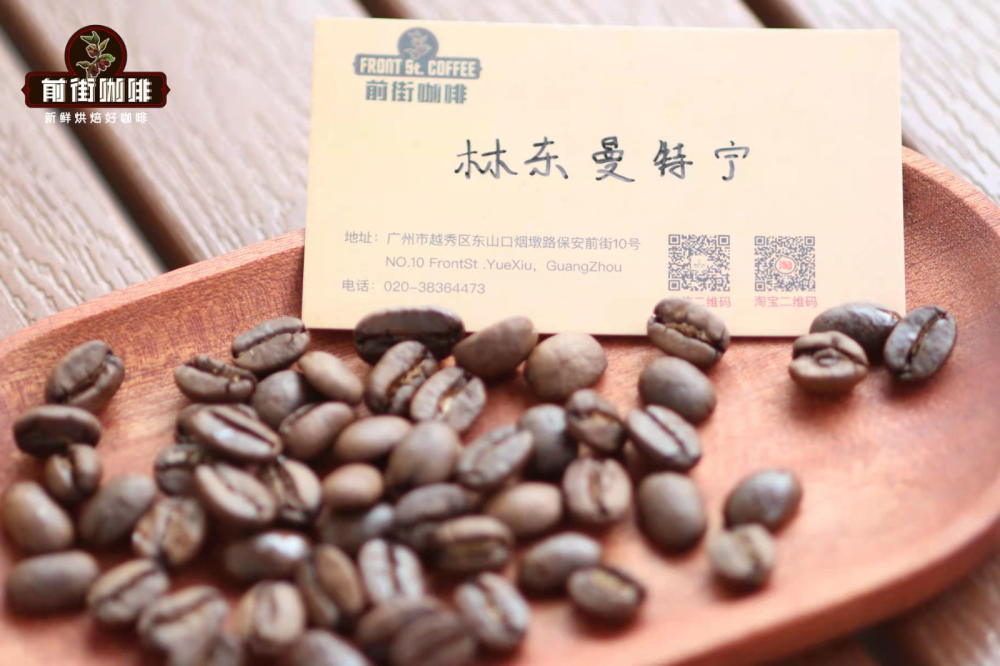
Gold Mandolin Coffee
Golden mantnin coffee beans are grown at lake tava in the gaio mountains of northwest sumatra. Gold Mandolin coffee beans from PWN. Gold mantning has stricter requirements on quality. First of all, it is necessary to ensure that the size of coffee beans is 19 mesh, and the particles are full and uniform, belonging to the highest grade G1 grade. PWN is dark green in color and is a flat bean with neat shape. Then, after one machine selection and three manual selection, the number of defective beans in the raw beans shall be less than 3 (300g raw bean sample). Ensure that the color, shape and size of the mantling coffee beans are uniform, and the resulting mantling coffee tastes cleaner and has a brighter flavor. Gold Mandolin is an upgraded version of Mandolin coffee, and another entry-level version of Mandolin, Linton Mandolin coffee beans. After a rigorous screening of gold mantelin, Front Street Coffee found that not only did it not have the earthy taste unique to ordinary mantelin, it tasted cleaner and brighter, and its sweetness was stronger.
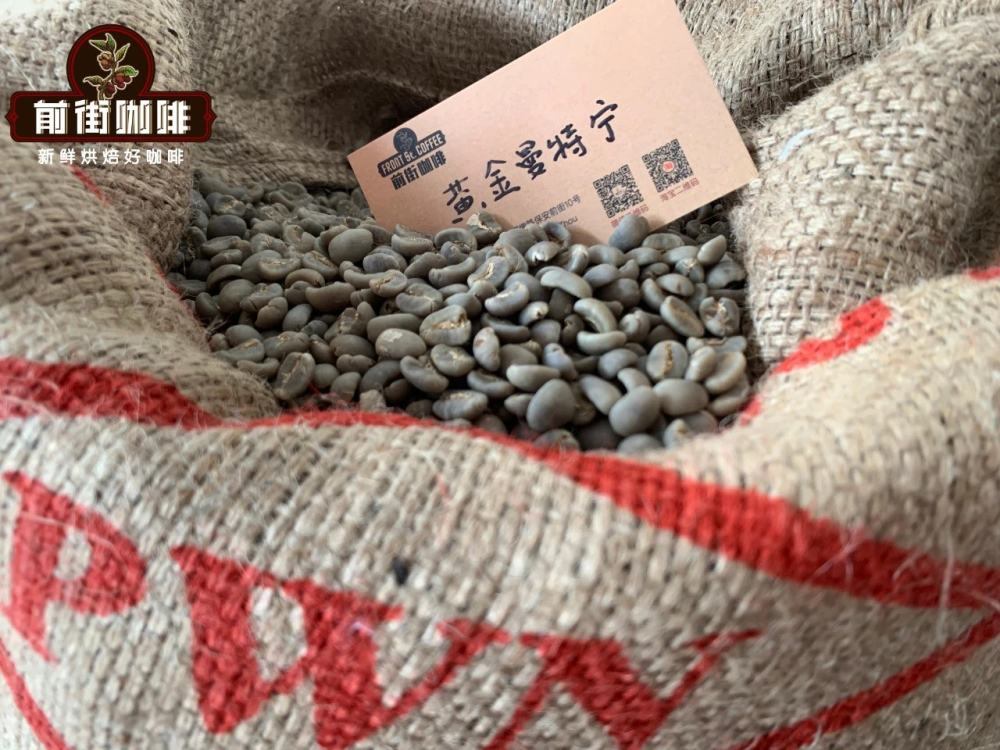
Ateng varieties
Ateng seems to be a very strange coffee bean, but careful little friends have long seen Ateng on the label on the bag of gold mantinin in our front street. Front Street Coffee's 2020 new season of gold mantning beans is "Ateng".
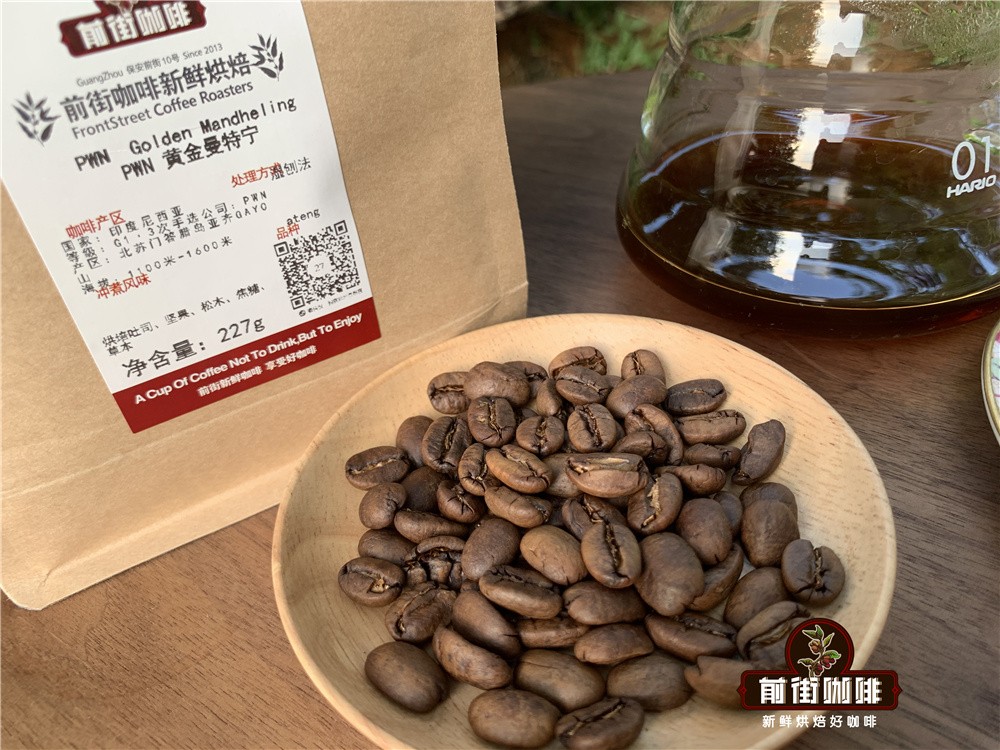
Ateng is also known as katim, and only katim grown on Sumatra and Indonesia's native islands can be called Ateng. Katim is not the Arabican purebred we often call it, but a cross between Tim of the Robusta species and Kadura of the Bourbon species. It was first developed in 1959 and popularized in Brazil in the 1970s and 1980s. With disease resistance and high yield, it occupies a place among coffee varieties in Central and South America. The coffee leaf rust crisis, which occasionally erupts in Central and South America, also fuels the use of katim coffee beans. It is characterized by high yield, short plants, can be planted densely, new leaves are reddish brown, very suitable for cultivation and flavor development in Aceh. However, due to rapid ripening and high yield, adequate fertilizer supply and shade must be required. According to Qianjie, its life span is very short, with an average of only ten years.
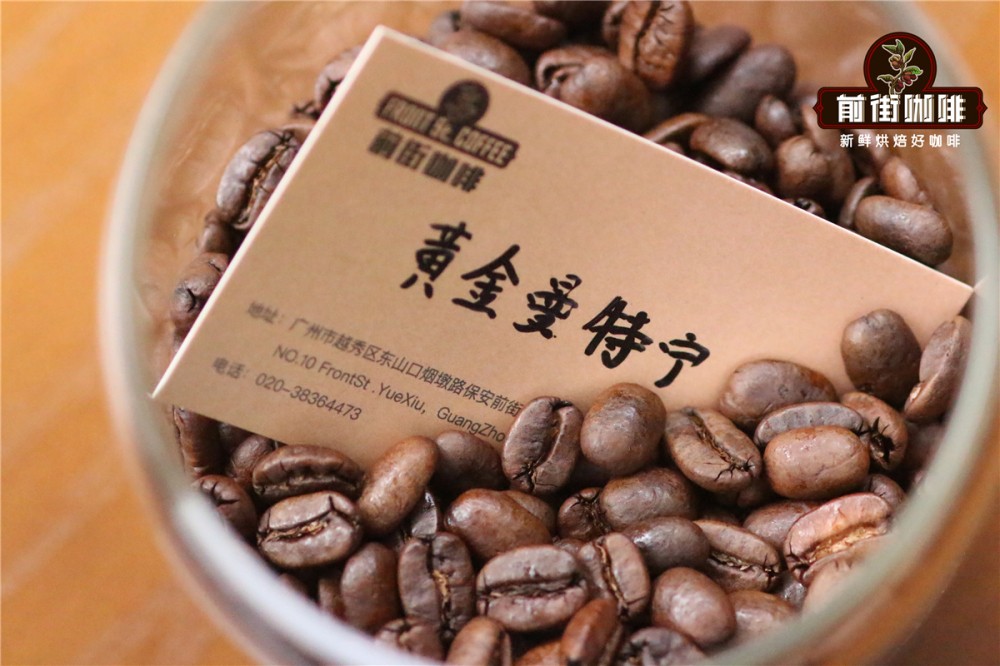
In the 17th century, the Dutch introduced Arabica saplings to Ceylon (present-day Sri Lanka) and Indonesia. In 1877, a massive disaster struck the Indonesian islands, and coffee rust destroyed almost all the coffee trees. People had to abandon Arabica, which had been in business for many years, and imported Robusta coffee trees from Africa. Indonesia today is a major coffee producer. Coffee is mainly grown in Java, Sumatra and Sulawesi, with Robusta species accounting for 90% of total production. Sumatra mantenin is a rare arabica species. These trees are planted on the slopes between 750 meters and 1500 meters above sea level. The mysterious and unique Sumatra gives Mantenin coffee a rich aroma, rich taste and strong taste.
Mantenin Coffee Treatment
Mantenen's unique wet planing method, also known as wet hulling, is also known as Giling Basah in the local language, which is the traditional Indonesian coffee processing method. In its name alone, wet planing is similar to wet processing (washing), however, the cup flavor of the two treatments is quite different, and the coffee processed by wet planing is usually rich and strong, and the personality is very distinct.
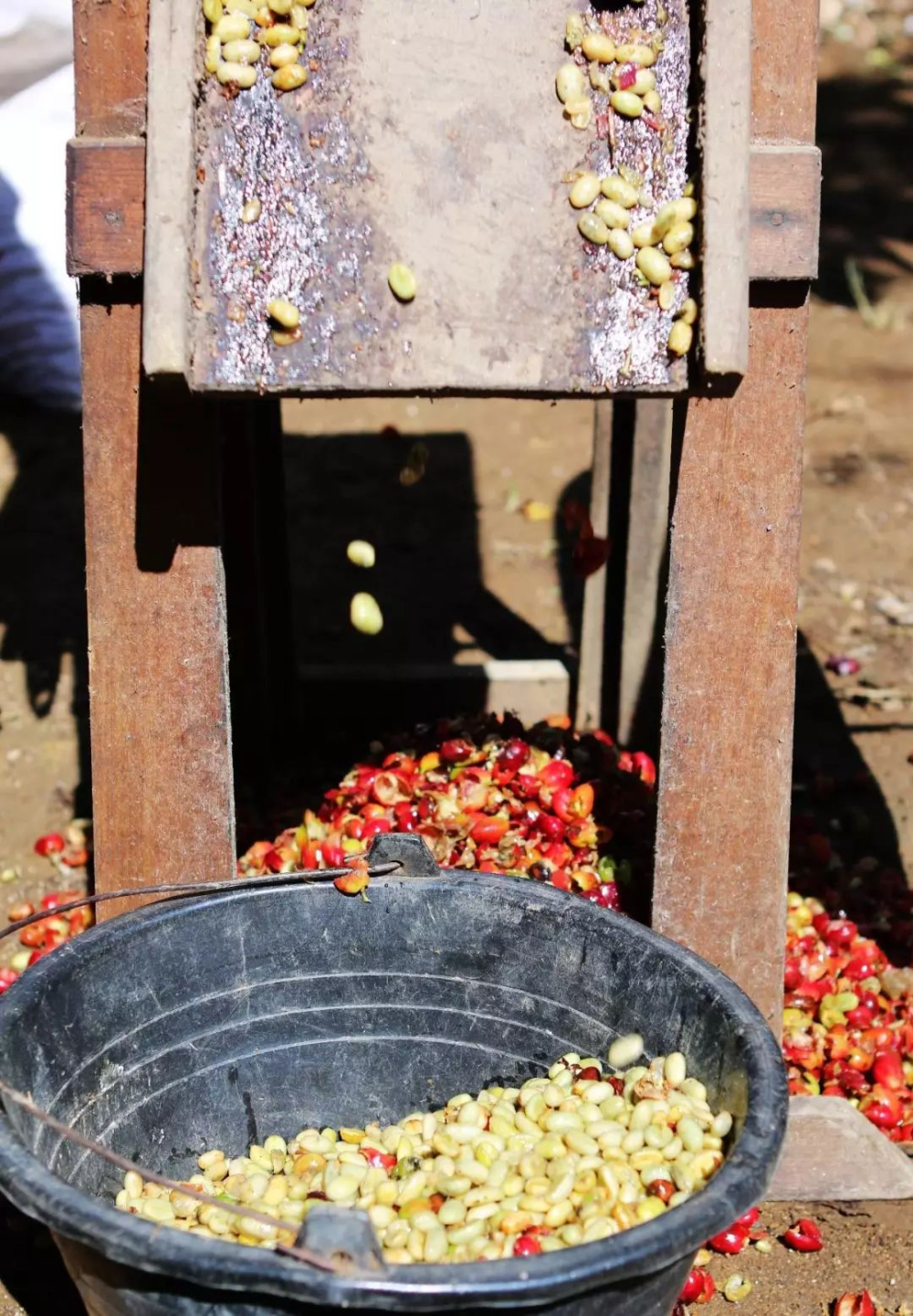
The local weather is often rainy days, typhoons continue, lack of long-term sunlight, perennial high temperature and humidity, humidity as high as 70-90%, so it is impossible to rely solely on sunlight treatment. The local economy is also limited, unable to use the washing method this more expensive way, finally derived from the very local characteristics of the wet planing method. After the washing process is carried out in the front, the coffee beans with sheepskin are exposed to the sun for 1-2 days, so that the moisture content of the coffee beans reaches 30-50%, and then the sheepskin is removed for sun drying, which can speed up the drying speed of the coffee beans and greatly shorten the drying time.
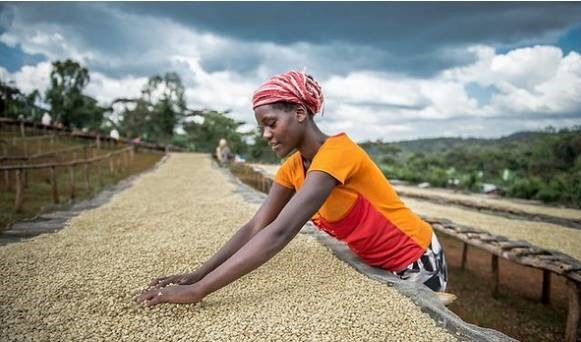
The wet planing process is characterized by sequential, rapid drying and parchment drying. Han Huaizong described it as "a rare treatment method in the world, which creates the special low acid, thick and stuffy flavor of Mantenin by mistake."
Advantages of wet planing
1. It is characterized by low acidity and high alcohol content.
2. Unique bean view. When wet planing method is used, because semi-hard and semi-soft wet raw beans are easily crushed when the pectin sheepskin layer is removed, the beans are damaged and cracked like sheep's hoof, commonly known as sheep's hoof beans. Front Street Coffee thinks this is a remarkable feature of Mantenin and is not a defective bean.
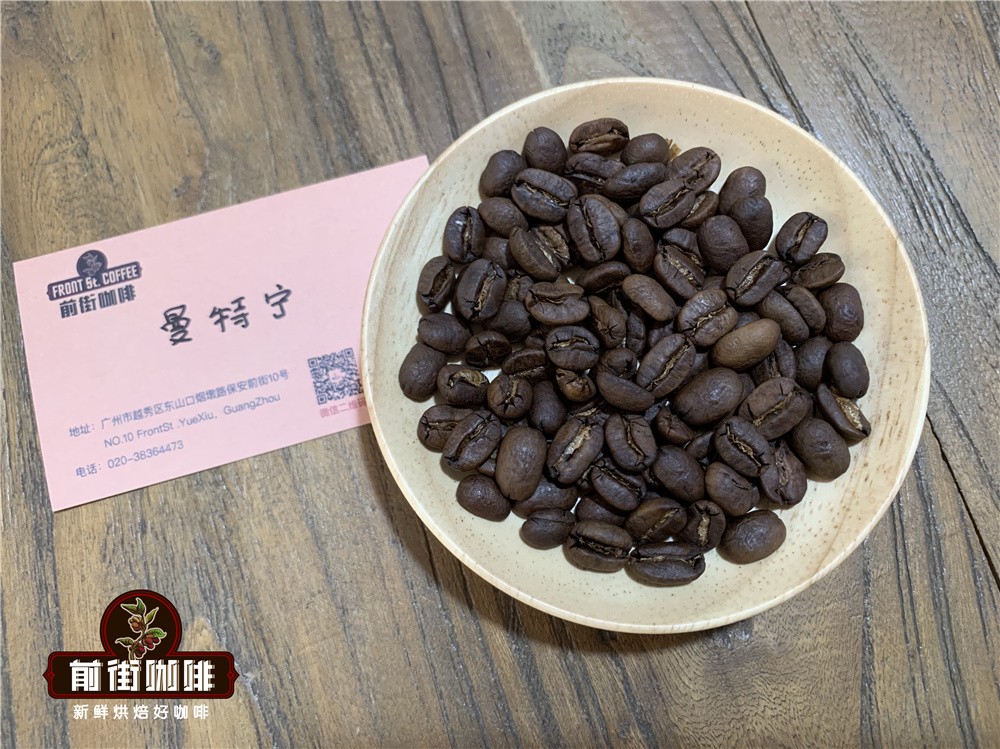
Careful friends may notice the characteristic "sheep's hoof" of mantning coffee beans, and front street also noticed that they share the common bean characteristic "sheep's hoof". This is due to the semi-hard semi-soft wet raw beans using the machine to remove pectin sheepskin layer, easy to be crushed, beans damaged crack such as sheep hoof-like, commonly known as sheep hoof beans. "Sheep's hoof" is a distinctive feature of mantning coffee beans, so it is not a defective bean.
The parameters for brewing mantelin coffee on Front Street:
The KONO filter cup is used for brewing Mantning coffee in the front street. The ribs of KONO stop when they are less than half the height of the filter cup. This design is actually to ensure that the filter cup is attached to the wall of the filter cup after wet water and limit the airflow. This will increase the water absorption time of coffee powder particles, so that the extracted coffee is more uniform as a whole and enhances the mellow taste.
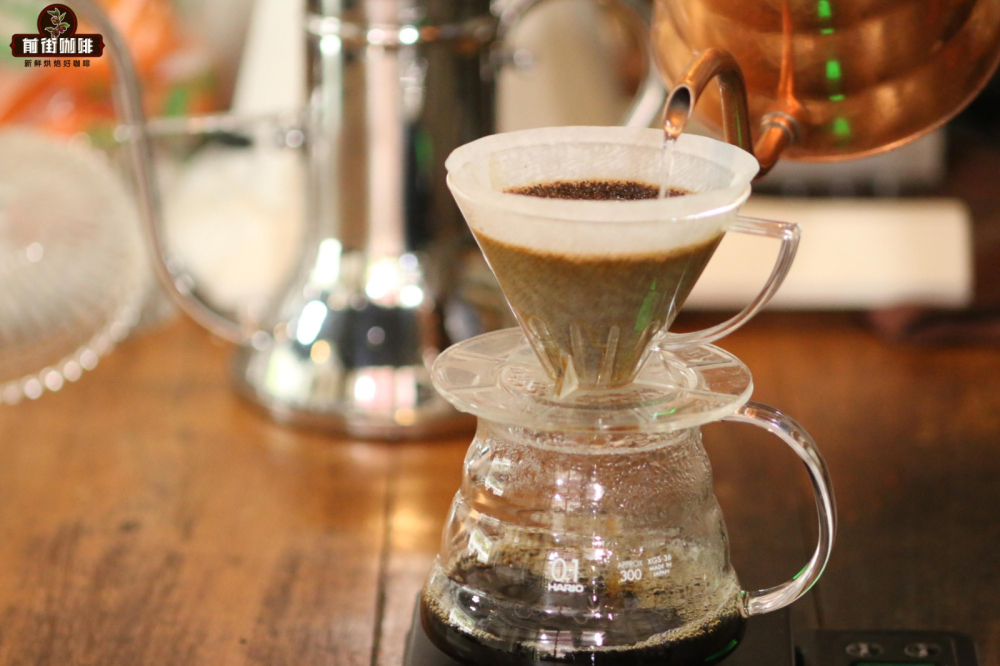
KONO filter cup, 88 ℃ water temperature, 1:15 powder-water ratio, 15g coffee powder, grinding degree (20 standard sieve pass rate 75%), three-stage extraction.
The use of segmented extraction, with 2 times the amount of coffee powder water for stewing, that is, 30 grams of water stewing for 30 seconds, and the reason for the need for stewing process, is to allow coffee powder to exhaust the internal carbon dioxide gas, so that the latter stage of extraction is more stable. Water is injected into the filter cup by small water flow in a circle until 125 grams, and then water is injected into the filter cup until 225 grams. After the water drops in the filter cup are finished, the filter cup is removed. The extraction time is 200 "from the beginning of water injection. Next, shake the whole cup of coffee evenly and pour it into the cup to taste it.
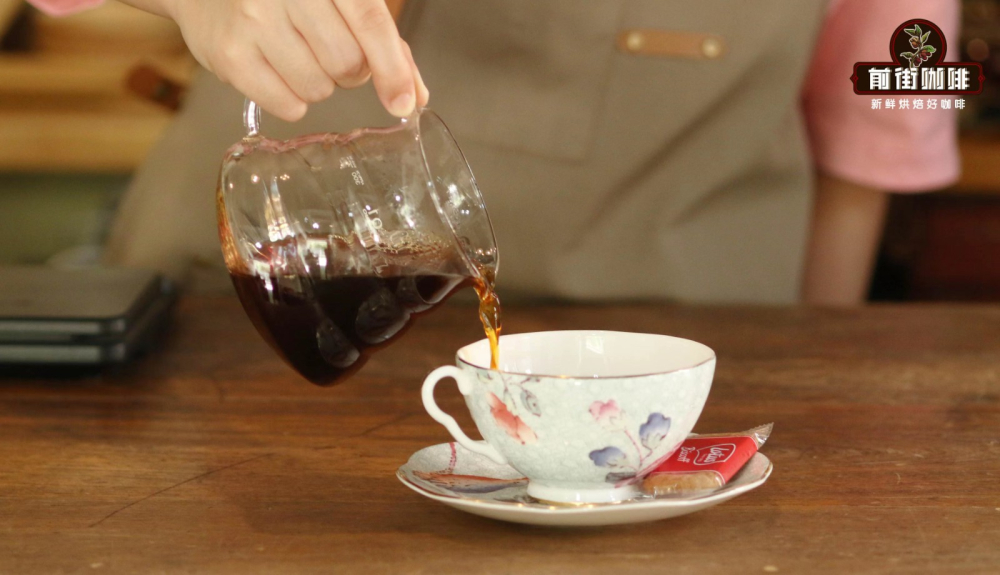
[Linton Mantning Coffee Flavor Characteristics] Herbs, chocolate, caramel, the overall balance.
[Gold Mandolin Coffee Flavor Characteristics] Nuts, spices, herbs, licorice, chocolate, caramel.
Front Street Cooking Advice:
To brew a delicious cup of coffee, Front Street believes that any brewing method requires fresh coffee beans. Front Street has always believed that the freshness of coffee beans has a great relationship with the flavor of coffee. Therefore, coffee beans shipped by Front Street Coffee are roasted within 5 days. Front Street Roasters 'motto is "Freshly Roast Good Coffee," so that every customer who orders coffee receives the freshest coffee. Coffee has a growing period of 4-7 days, so when the customer gets it, the flavor is at its best.
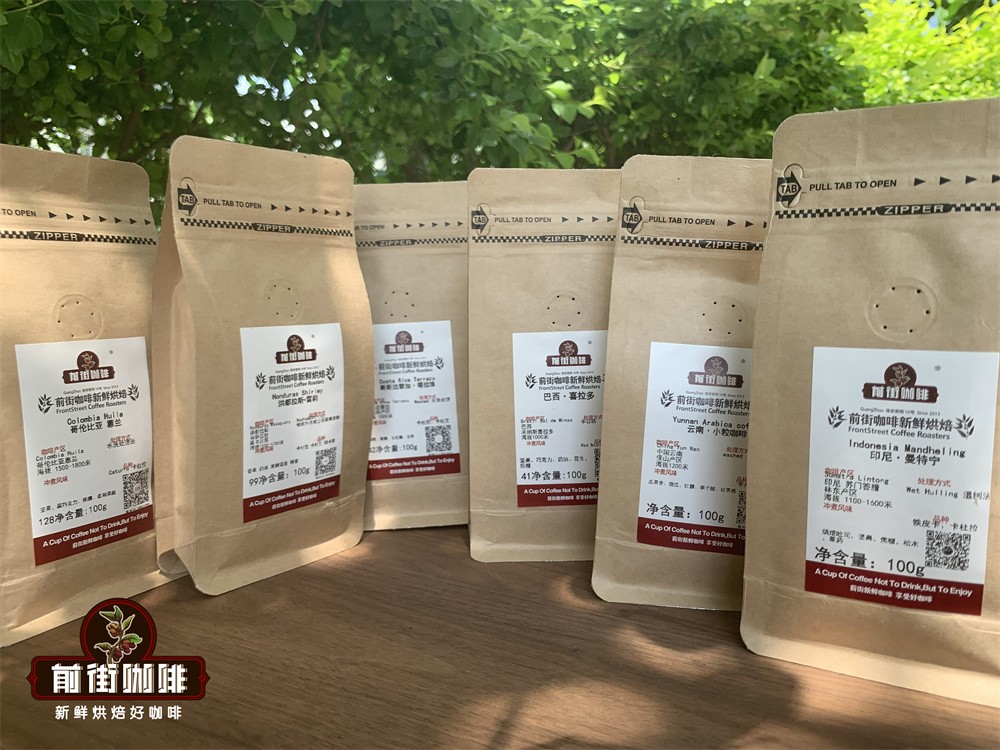
For friends who need grinding, the front street reminds you warmly: coffee beans are ground in advance, so there is no need to raise beans, because in the process of transportation, the pressure generated by carbon dioxide in the package can also make the coffee flavor mellow, so you can drink a cup immediately after receiving coffee powder. However, coffee powder needs to be brewed in time, because coffee powder oxidizes faster after contact with air, that is to say, the flavor of coffee will disperse faster, and the flavor of coffee will not be so good. Therefore, Qianjie recommends buying whole beans and grinding them now, so as to better taste the flavor of coffee.
Coffee flavor in different producing areas is naturally different. There are half a hundred single coffee in different producing areas in Qianjie. The selectivity of flavor is very large, with sour, bitter and non-sour. If you really don't know what kind of coffee you like, you can try the ration beans in the front street first. The ration beans in the front street are the coffee representatives of various producing countries, and the most representative coffee. Such as: Ethiopia's washed Ye Jia Xue Fei coffee, Colombia's Cymbidium coffee, Brazilian coffee, Yunnan coffee, Panama's rose summer coffee and so on.
Professional coffee knowledge exchange More coffee bean information Please pay attention to coffee workshop (Weixin Official Accounts cafe_style)
More fine coffee beans, please add private WeChat Qianjie Coffee, WeChat: qjcoffeex
Important Notice :
前街咖啡 FrontStreet Coffee has moved to new addredd:
FrontStreet Coffee Address: 315,Donghua East Road,GuangZhou
Tel:020 38364473
- Prev
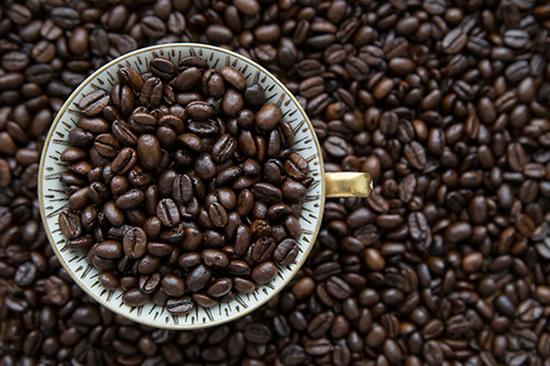
Panamanian coffee bean variety, Panamanian coffee hand brewing
Following Cafe (Wechat official account vdailycom) found that the beautiful cafe opened a small shop of its own, Geisha, which was found in the rose forest of Ethiopia in 1931 and sent to the Coffee Research Institute in Kenya; it was introduced to Uganda and Tanzania in 1936, Costa Rica in 1953, and Panama by Francesca of Dongba Seven Farm Garden in the 1970s.
- Next
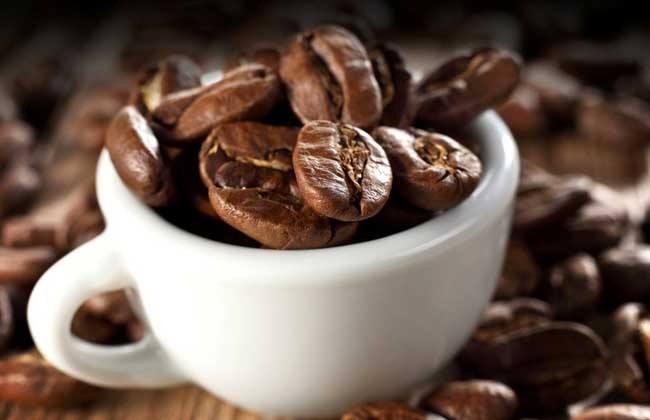
The characteristics of Manning Coffee
Follow the caf é (Wechat official account vdailycom) found that the beautiful cafe opened its own shop Manning Coffee, which is produced in Sumatra, Indonesia, Asia, and has become Sumatran Coffee. Mantenin coffee is very rich in flavor, sweet, pure bitter, mellow, with a little sweetness and slightly sour, with a long aftertaste and aftertaste. Most coffee lovers drink on their own.
Related
- Detailed explanation of Jadeite planting Land in Panamanian Jadeite Manor introduction to the grading system of Jadeite competitive bidding, Red bid, Green bid and Rose Summer
- Story of Coffee planting in Brenka region of Costa Rica Stonehenge Manor anaerobic heavy honey treatment of flavor mouth
- What's on the barrel of Blue Mountain Coffee beans?
- Can American coffee also pull flowers? How to use hot American style to pull out a good-looking pattern?
- Can you make a cold extract with coffee beans? What is the right proportion for cold-extracted coffee formula?
- Indonesian PWN Gold Mandrine Coffee Origin Features Flavor How to Chong? Mandolin coffee is American.
- A brief introduction to the flavor characteristics of Brazilian yellow bourbon coffee beans
- What is the effect of different water quality on the flavor of cold-extracted coffee? What kind of water is best for brewing coffee?
- Why do you think of Rose Summer whenever you mention Panamanian coffee?
- Introduction to the characteristics of authentic blue mountain coffee bean producing areas? What is the CIB Coffee Authority in Jamaica?

